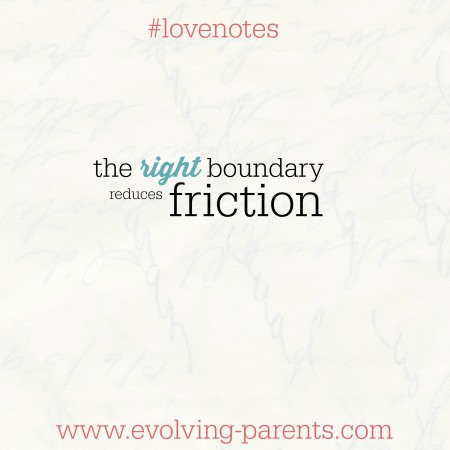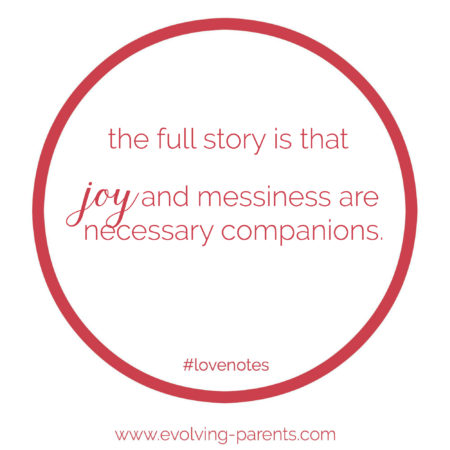Parenting. Sometimes, it looks like this:
Our story begins in 1975, when my parents moved to Olympia. Every spring, filled with cheer and optimism, my mother plants geraniums in pots all around the yard. And later every spring, she and my dad create an outdoor maze of lawn chairs, reflective tape, and smelling spray in attempt to discourage the local deer population from snacking on her fire-engine red flowers.
I love my parents dearly. (and I say that not just because they are reading this). And every spring I tease them about the geranium-deer dilemma. Why not plant something else? Because the geraniums are my mother’s nod to her mother-in-law who planted them around my father’s childhood home. Why not plant them some other place? Because where they are is where they look best.
I get it. I do. And I especially got it this year, when we walked out to the front yard and saw Eleanor’s first geranium plant munched down and knocked over by this guy:
You can see from the top photo he doesn’t love mint. Or rosemary. But geraniums? Yuuuummmmm. He just can’t help himself. (yes, I know the geranium, the mint and the rosemary should all be transplanted in pots. I’ll get to them. Soon. I promise)
Year in, year out, the deer eat my mother’s geraniums. And now, ours, too. Why? Because deer will be deer. They are going to try to get what they want. Kids are the same.
So the question is, how do we draw the boundary line? How are we going to set the limits around our values in a way that actually makes life calmer? Clearer? Easier? The line isn’t a simple yes / no. do / don’t. can / cannot.
A great boundary = value + help. It reminds our children what we expect, and helps them succeed in following the rules. A great boundary is also one that is easy for us to consistently monitor.
love the love note? you can pin it!
The right boundary is age-proofing. Remember how we prepped for a crawler? cabinet locks, baby gates, plug covers. We used these tools for our boundaries because we knew that otherwise, we’d be saying ‘no’ every day, all day. The right boundary follows that same pattern: toddler-proof. school-proof. tween-proof. teen-proof.
A toddler who loves to pull wine glasses out of the cabinet. Yes, you could spend all day saying no. Or. You could move the glasses. The expectation for the child is the same: don’t touch. But the boundary shift eliminates the friction.
A tween who loves to listen to music in the car. You can hear it from the front seat, so you know the volume is too loud. Yes, you could spend every trip shouting ‘turn it down!’. Or. You could play the music through the car sound system. The expectation for the tween is the same: don’t hurt your ears. (it’s arguable if the stuff they listen to will hurt yours. 🙂 )
A teen who loves to stay up late every night socializing on media. Yes, you could spend the evening reminding them to turn it off. Or. You can set technology to turn off at a given hour. The expectation for the teen is the same, and the friction is finished.
What’s the best age-proofing you’ve done? I’d love to know! send me a line.













0 comments… add one
You must log in to post a comment. Log in now.